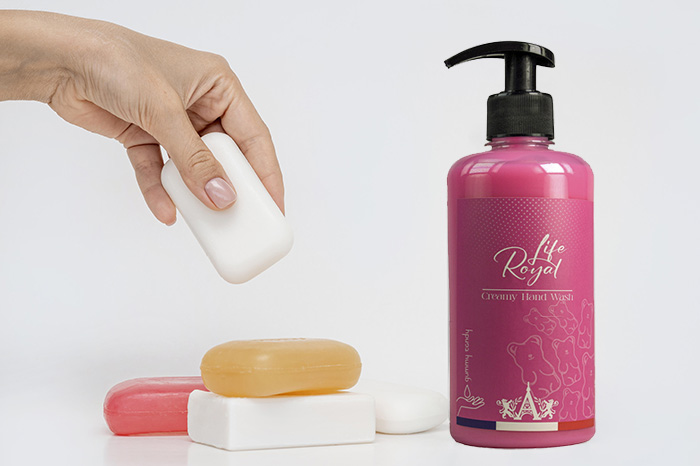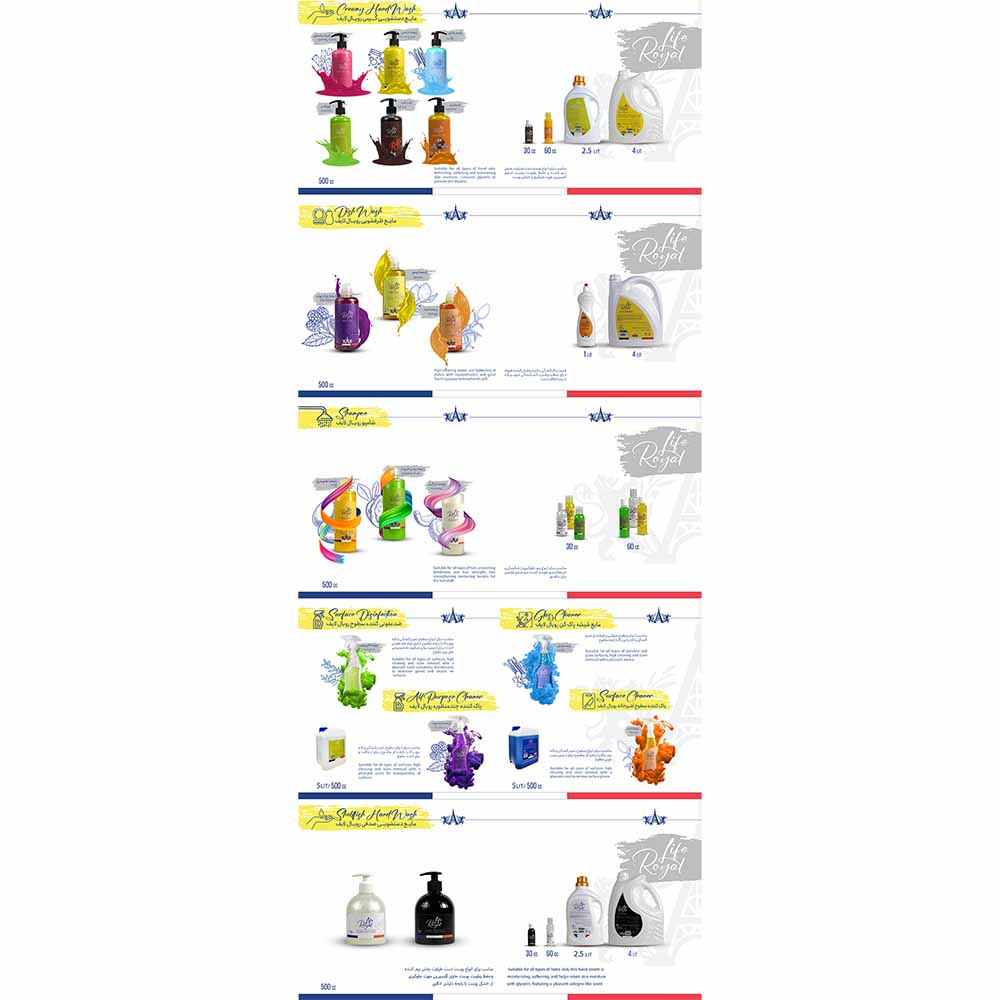Using liquid soap or soap for your daily cleaning is almost as important as hanging toilet paper in the bathroom.
There are pros and cons to both, so you shouldn’t discount either. Which one is better for your skin? Is one healthier than the other? Which is more stable? Read our answers below.
CLEANLINESS
Bacteria are the main cause of disease and the main reason for frequent hand washing to prevent the spread of germs. Liquid soap has been touted as an antibacterial almost since it first hit the market (around the 1980s). Considering that people have been using soap for generations and even centuries, it seems unlikely that soap is lacking in this area. A related study (done in 1988) looked at whether bacteria were transferred to the skin from used soap.
SUSTAINABILITY
Liquid soaps require 5 times more energy to produce and 20 times more energy to package in a plastic bottle (compared to soap wrapped in paper or cardboard). Plus, we tend to use more liquid soap than liquid soap per wash.
However, most soaps have fatty bases, some of which are more harmful to the environment than others.
Soap is generally eco-friendly, but be sure to prioritize brands that make sustainably harvested oils to ensure you’re not harming the environment.
SENSITIVITY
Fans of liquid soap often mention the drying effect of soap on the skin. When this happens, it is generally because the soap used has a higher pH level. It can be very drying, especially for sensitive skin. On the plus side, there is more than one type of soap available, many with lower pH factors and other ingredients that help prevent the stereotypical “drying” complaint associated with soap. In fact, most soaps contain glycerin, which is great for dry skin and other allergies like eczema.
Some soaps contain humectants, but many people use soaps for their deodorizing abilities. Some of these deodorant soaps can be harsh on sensitive skin. Women’s skin is more sensitive than men’s and reacts faster to deodorant soaps. Liquid soaps contain more moisturizing ingredients and can be kinder to sensitive skin.
In terms of fragrances, some people are allergic to fragrances while others do not like them added to their soaps. Unscented liquid soaps are hard to find. Bar soaps offer several options for those who prefer to use fragrance-free.
Exfoliation is a process in which dead skin is removed from the face and body. With soap, this is done by adding mild abrasives to the product. Soaps give a stronger scrub and stimulate blood circulation in the skin. Liquid soaps with exfoliating properties should be used with a loofah or sponge to have similar effects. In the long run, liquid soaps with glycolic or salicylic acid seem to do a better job of lightening the skin. Liquid washes also make the skin feel less sandy after washing.
CONCLUSION
All types of soap, whether liquid or ordinary, are composed of the same essential ingredients – alkaline salts of fatty acids and detergent properties and prevent the spread of germs and bacteria. However, if you’re basing your purchase on environmental benefits, regular soap is the greener of the two. While liquid soap provides a moister and richer lather. Royal Life creamy soaps with pleasant and lovely smells have all these characteristics.



